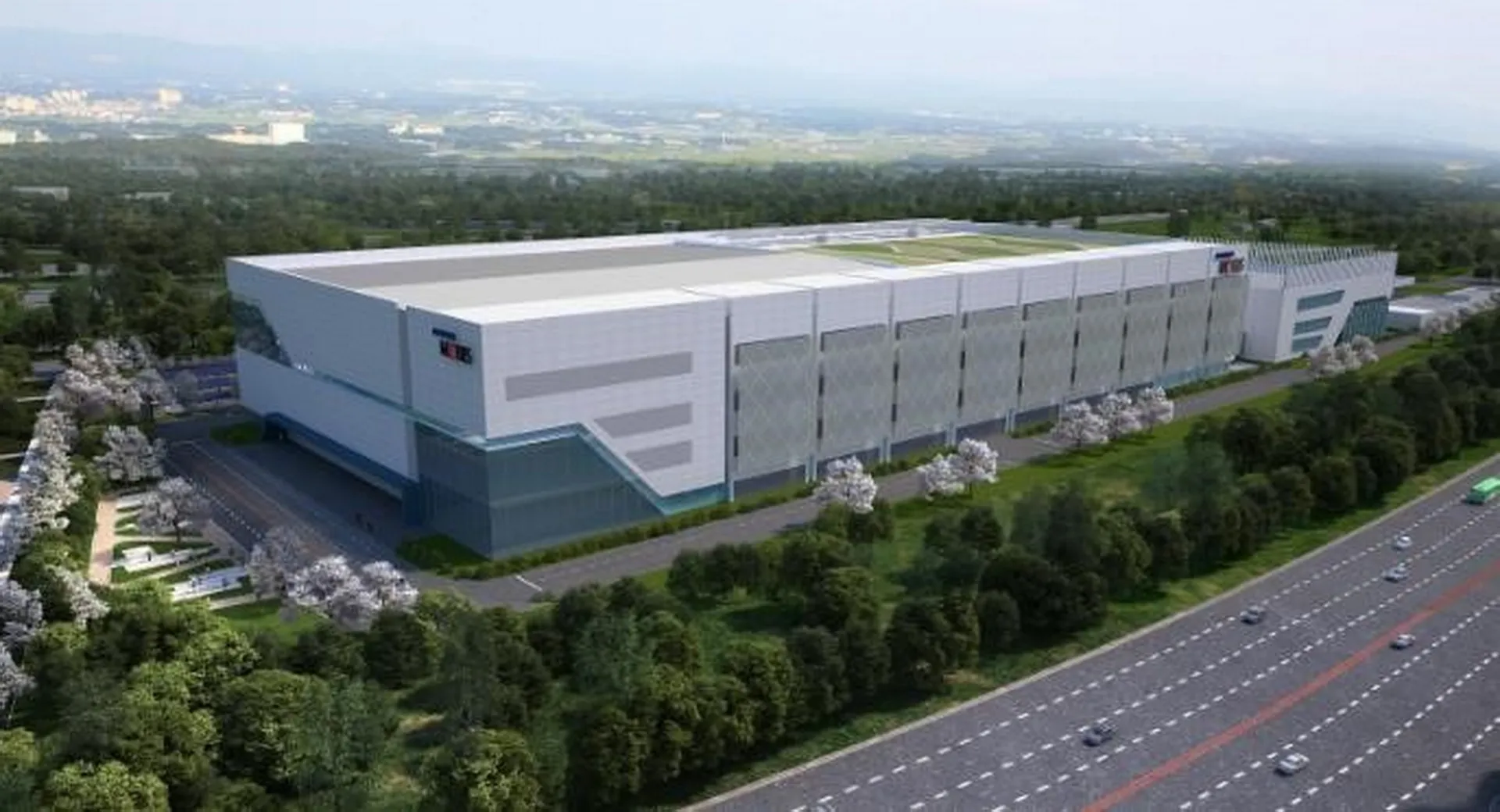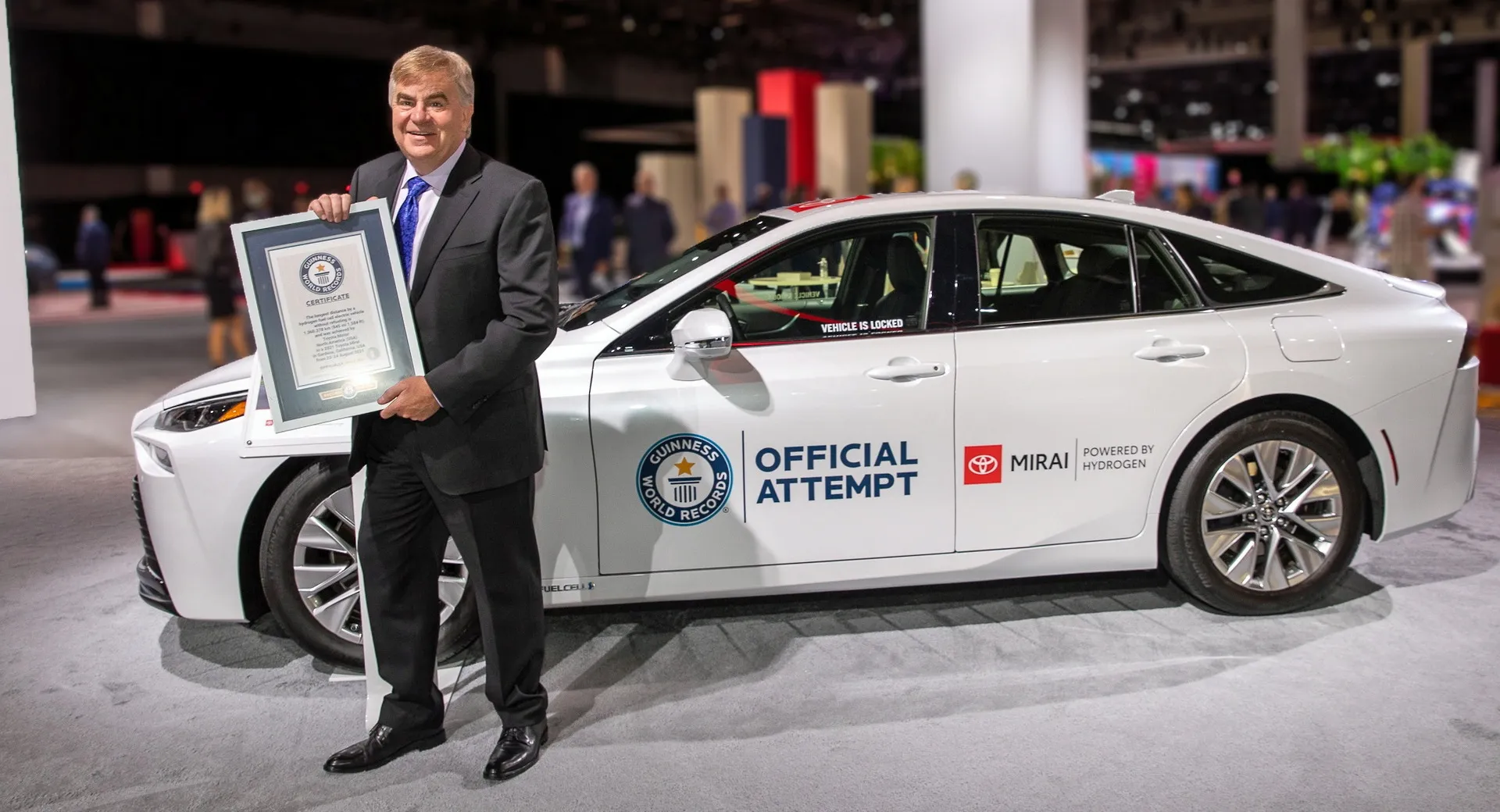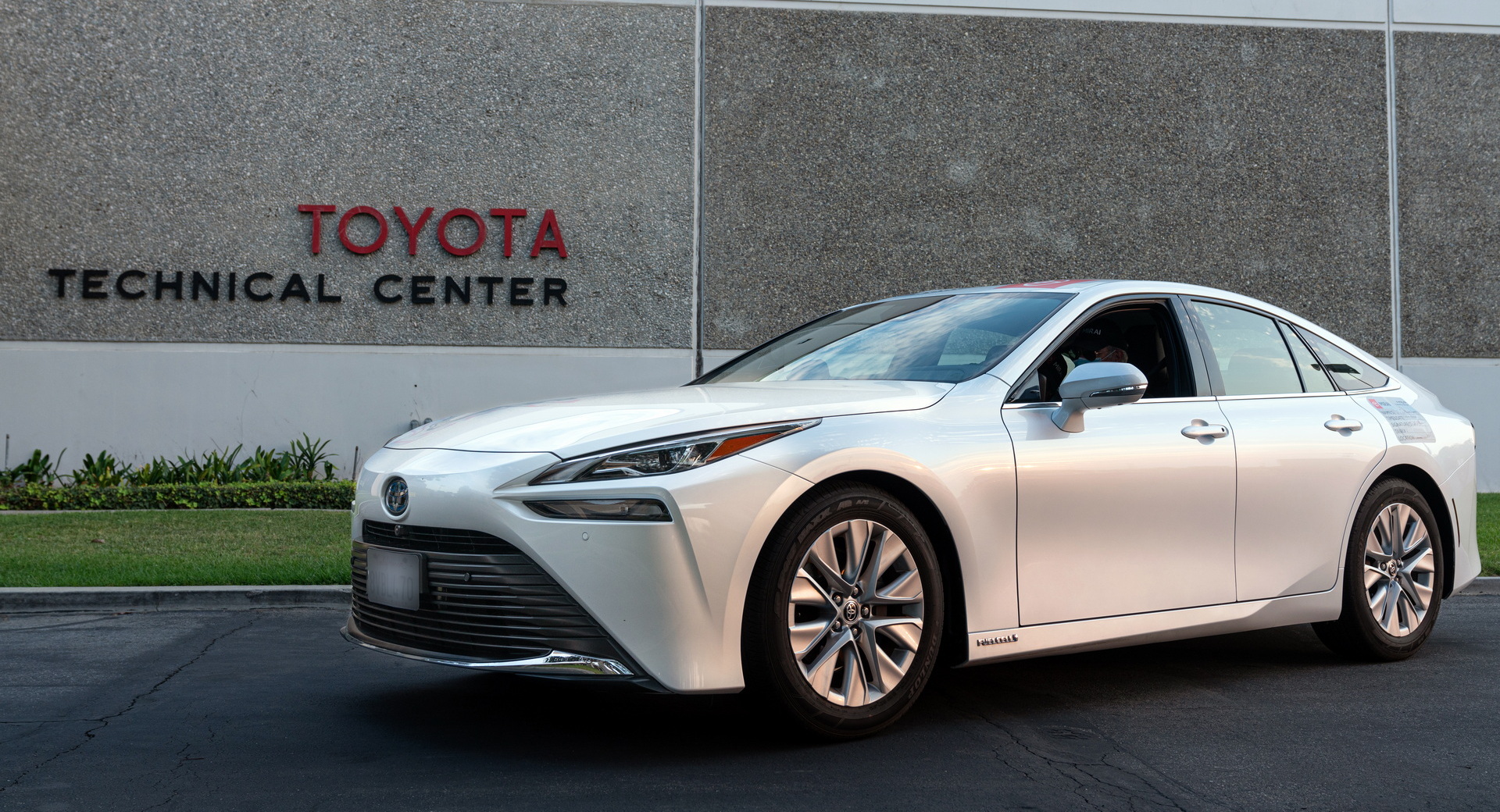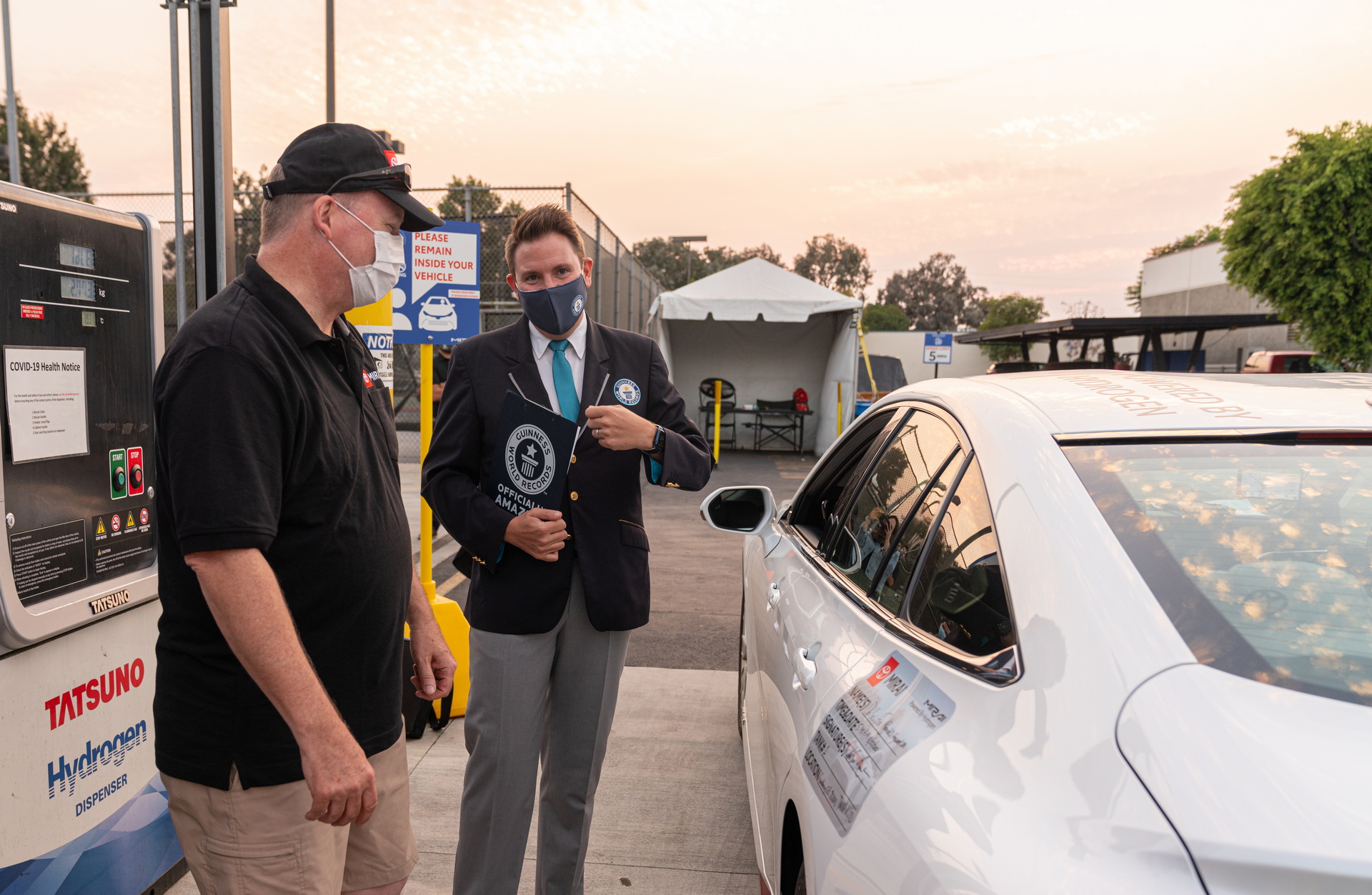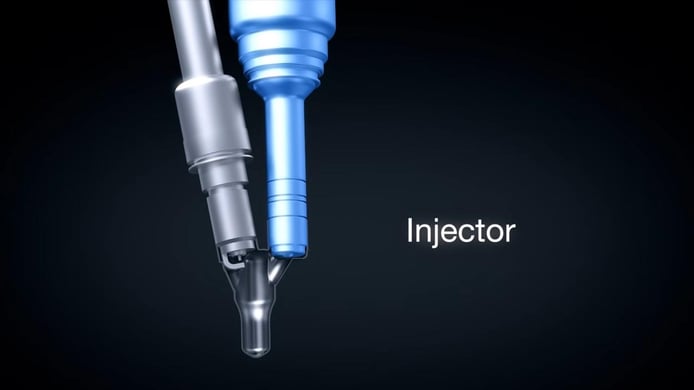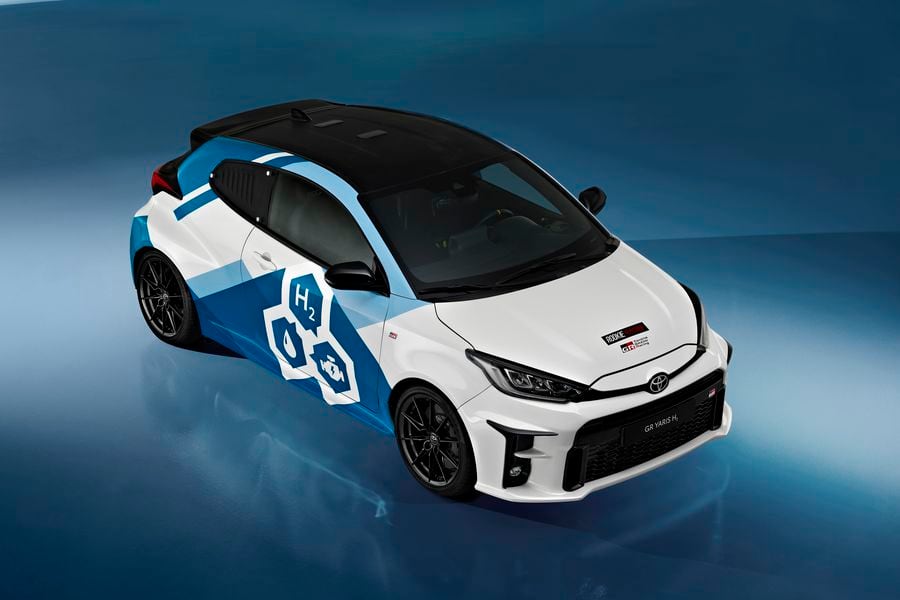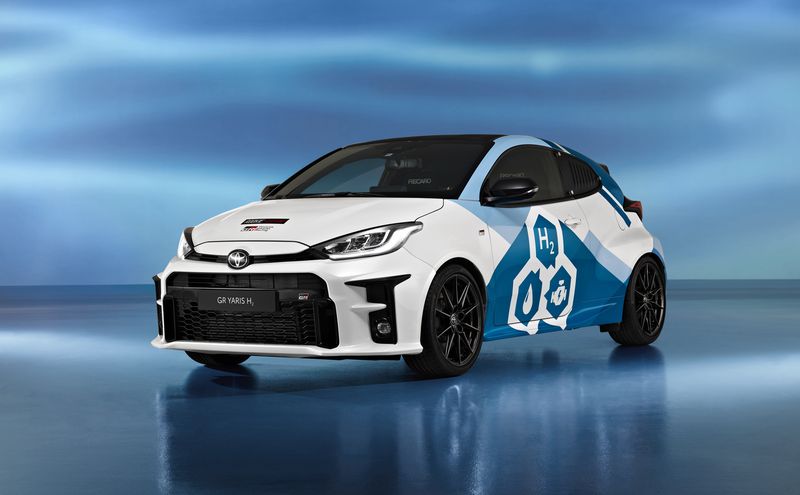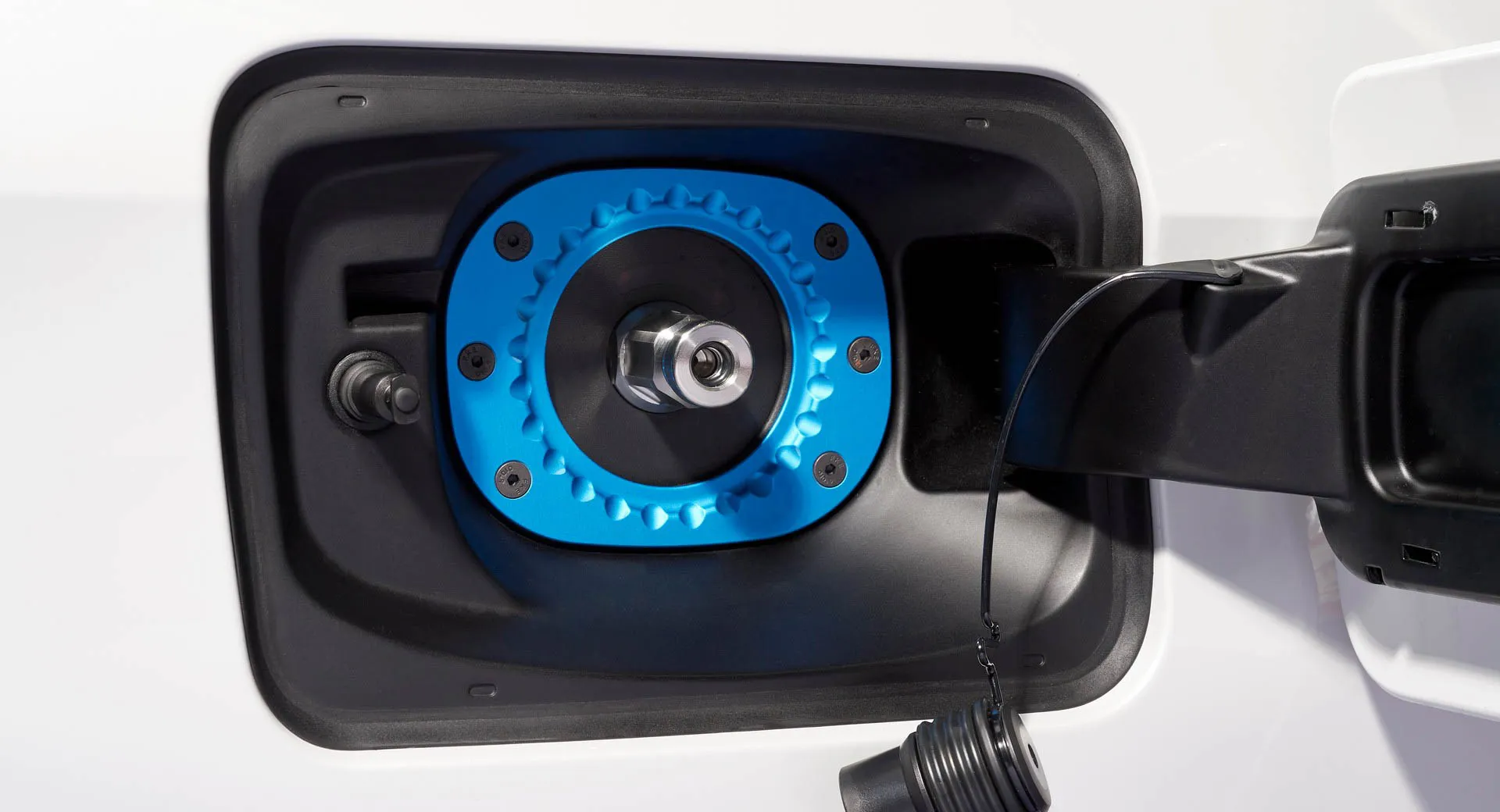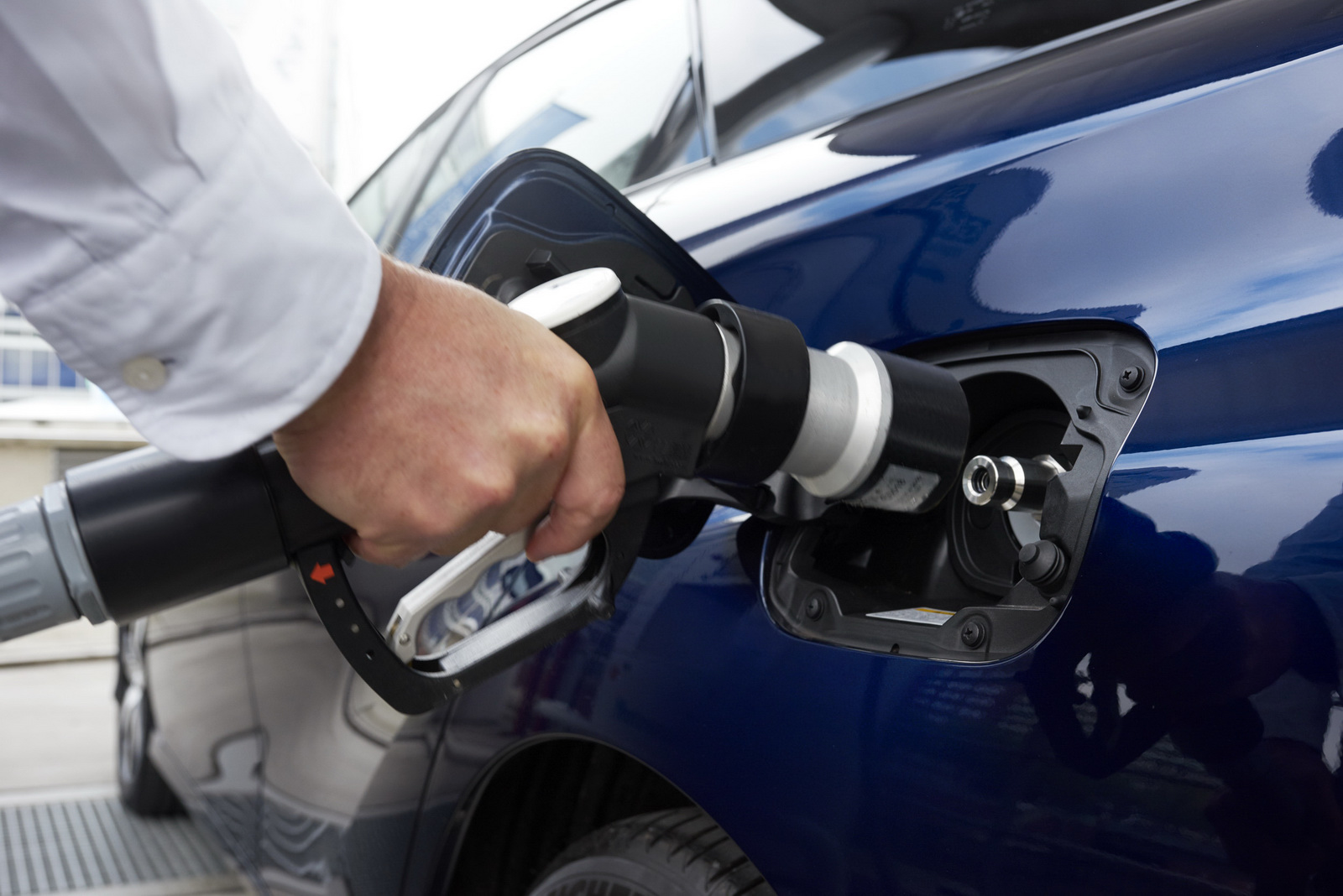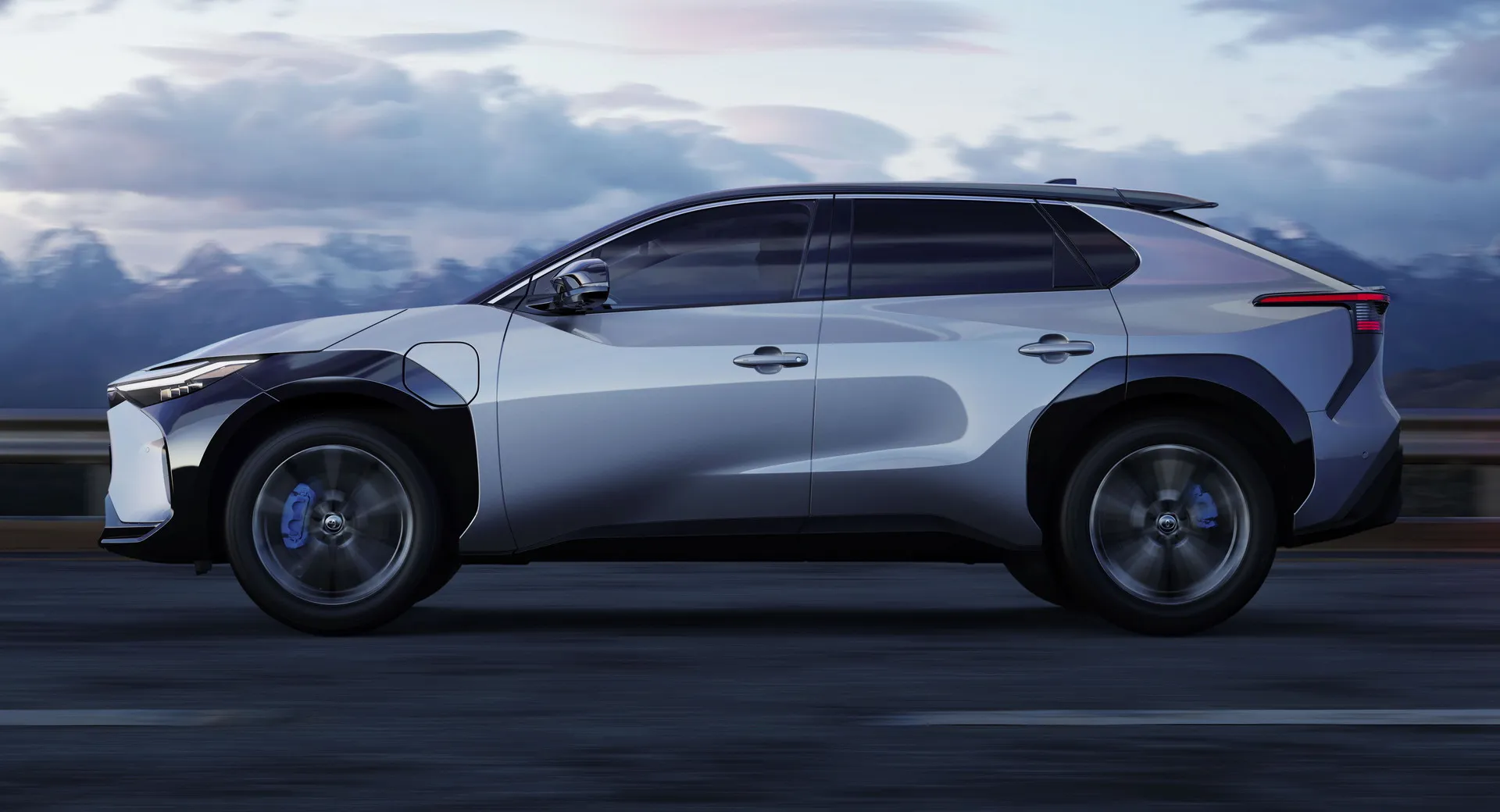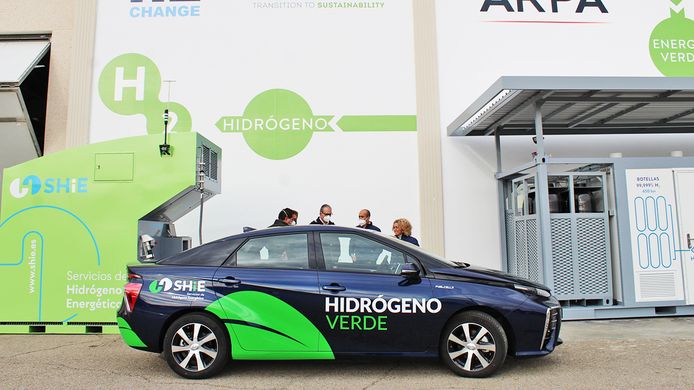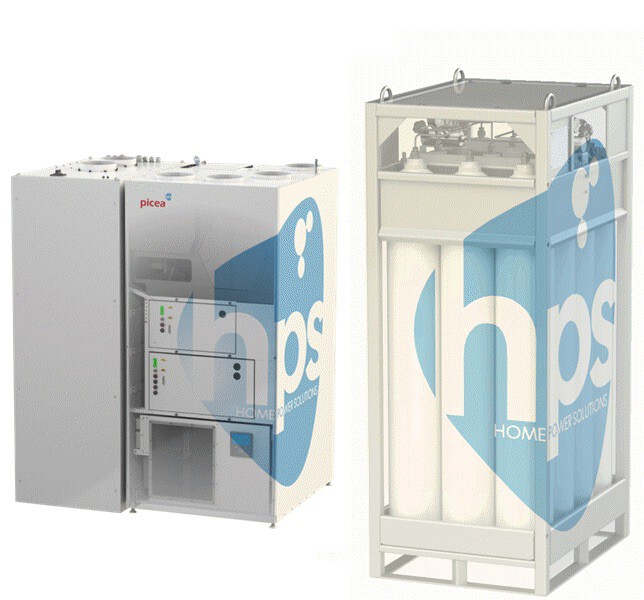Toyota introducirá primero baterías de estado sólido en híbridos
2 DE DICIEMBRE DE 2021
Toyota dio a conocer su plan de ecologización para Europa occidental en su evento Kenshiki esta semana. Allí, el fabricante de automóviles esbozó su plan para reducir las emisiones de CO2 en un 100% en la región para 2035.
El fabricante de automóviles, acusado de estar entre los más
resistentes a la electrificación , dice que su plan de descarbonización involucró una variedad de vehículos de cero emisiones (ZEV), en lugar de solo vehículos eléctricos.
Por lo tanto, lanzará un número creciente de ZEV en los próximos años, incluido el
bZ4X recientemente
presentado . Eso significa no solo vehículos eléctricos, sino también vehículos propulsados por hidrógeno.
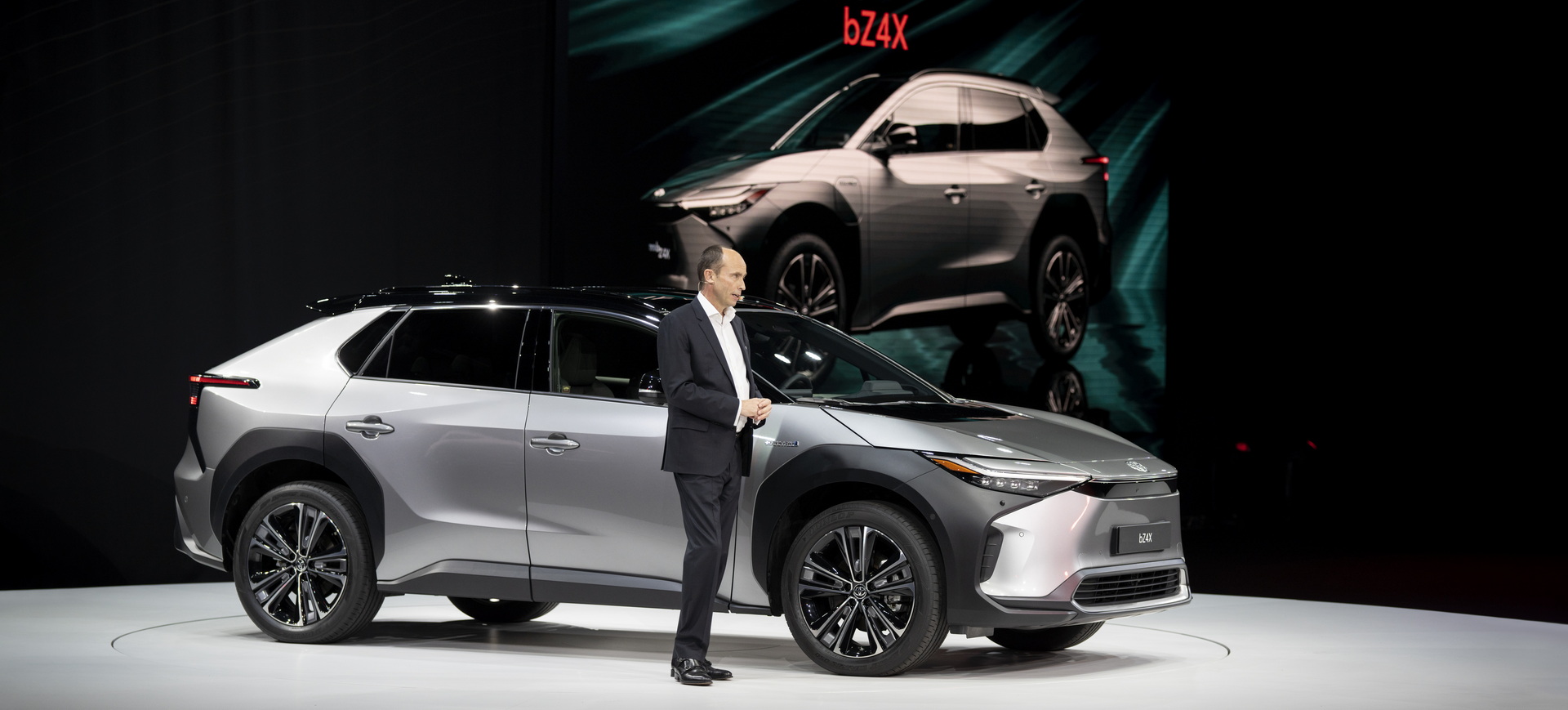
"La forma de reducir la mayor cantidad de emisiones netas de carbono a nivel mundial es utilizar todos los elementos de nuestra caja de herramientas, incluidos los vehículos eléctricos híbridos, eléctricos híbridos enchufables, eléctricos de batería y eléctricos de pila de combustible", dijo Gill Pratt, científico jefe de Toyota Motor Corporation, "Con las proporciones de cada uno optimizadas para hacer el mejor uso de las limitaciones de infraestructura y las circunstancias de los clientes de cada región, y el suministro limitado y la mejora del rendimiento de las baterías".
Para 2030, anticipa que al menos la mitad de todos los vehículos que vende en Europa occidental serán ZEV.
“Más allá de 2030, esperamos ver una mayor aceleración de la demanda de ZEV y Toyota estará lista para lograr una reducción del 100% de CO2 en todos los vehículos nuevos para 2035 en Europa Occidental, suponiendo que para entonces se cuente con suficientes infraestructuras de carga eléctrica y reabastecimiento de hidrógeno. con los aumentos de capacidad de energía renovable que serán necesarios ”, dijo Matt Harrison, presidente y director ejecutivo de Toyota Motor Europe.
Sin embargo, sin duda, parte de su estrategia implica desarrollar y mejorar la tecnología de las baterías. Eso incluirá nuevas baterías de NiMh bipolares. Toyota, el primero en producirlos, dice que son más baratos de producir y dependen menos de metales preciosos que las baterías estándar de NiMh.
El fabricante de automóviles también planea aplicar las técnicas aprendidas con estas baterías a las baterías de iones de litio. Espera lograr mayores eficiencias que reduzcan los costos en un 50 por ciento sin reducir el rango. Se espera que estos avances estén listos para la carretera en la segunda mitad de los años 20 y que hagan que la tecnología de baterías sea más asequible y accesible.
El fabricante de automóviles también confirmó que, luego de las pruebas de prototipos el año pasado, es probable que su
tecnología de batería de estado sólido se presente a los compradores de vehículos híbridos primero, antes de un despliegue más amplio. Sin embargo, afirma que la tecnología se aplicará a vehículos totalmente eléctricos, ya que promete extender los rangos y reducir los tiempos de carga.
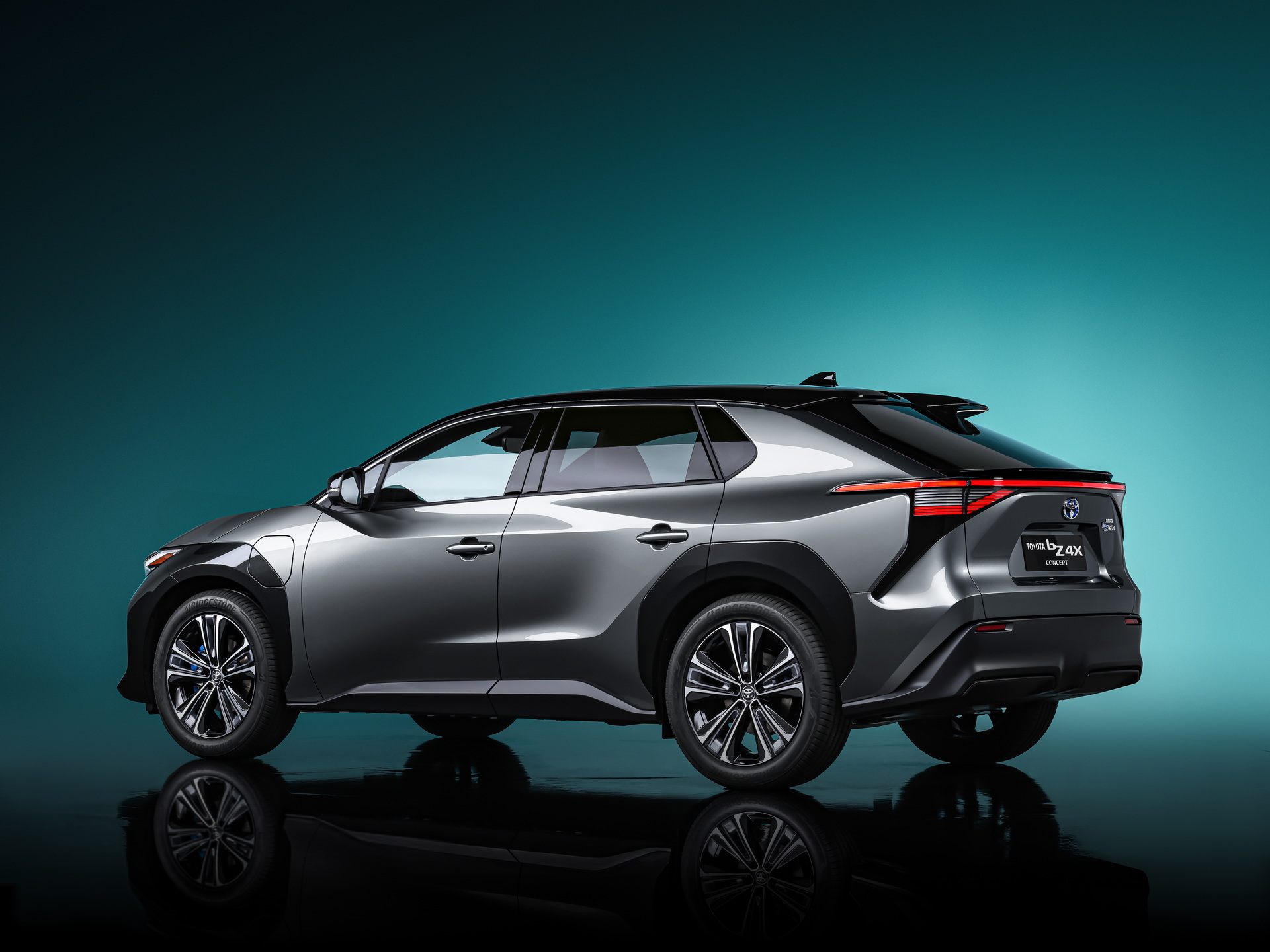 Toyota To Introduce Solid-State Batteries In Hybrids First
DECEMBER 2, 2021
Toyota To Introduce Solid-State Batteries In Hybrids First
DECEMBER 2, 2021
Toyota unveiled its greenification plan for western Europe at its Kenshiki event this week. There, the automaker outlined its plan for reducing CO2 emissions by 100% in the region by 2035.
The automaker, accused of being among the most
resistant to electrification, says that its plan for decarbonization involved a variety of zero-emission vehicles (ZEV), rather than just EVs.
It will therefore roll out an increasing number of ZEVs over the coming years, including the recently
unveiled bZ4X. That means not just electric vehicles, but hydrogen-powered vehicles, as well.
“The way to reduce the most net carbon emissions globally is to use every item in our toolbox, including Hybrid Electric, Plug-in Hybrid Electric, Battery Electric, and Fuel Cell Electric Vehicles,” said Gill Pratt, Toyota Motor Corporation’s chief scientist, “with the proportions of each optimized to make best use of the infrastructure constraints and customer circumstances of every region, and the limited supply and improving performance of batteries.”
By 2030, it anticipates that at least half of all the vehicles it sells in western Europe will be ZEVs.
“Moving beyond 2030, we expect to see further ZEV demand acceleration and Toyota will be ready to achieve 100% CO2 reduction in all new vehicles by 2035 in Western Europe, assuming that sufficient electric charging and hydrogen refueling infrastructures are in place by then, together with the renewable energy capacity increases that will be required,” said Matt Harrison, president and CEO of Toyota Motor Europe.
To be sure, though, part of its strategy involves developing and improving battery technology. That will include new bi-polar NiMh batteries. The first to produce these, Toyota says they are cheaper to produce and rely less on precious metals than standard NiMh batteries.
The automaker also plans to apply techniques learned on these batteries to lithium-ion batteries. It hopes to achieve further efficiencies that will reduce costs by 50 percent without reducing range. It hopes that these advancements will be ready for the road in the second half of the ’20s and will make battery technology more affordable and accessible.
The automaker also confirmed that, following prototype testing last year, its
solid-state battery technology is likely to be introduced to buyers in hybrid vehicles first, before wider deployment. It states, though, that the technology will be applied to fully electric vehicles since it promises to extend ranges and shrink charging times.


